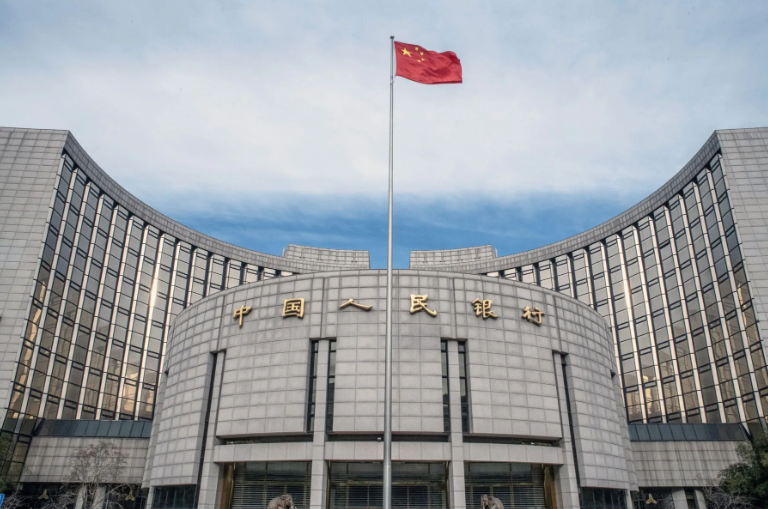A recent report by Boston University’s Global Development Policy Center reveals a striking shift: in 2022 and 2023, developing nations collectively repaid $3.9 billion more to China than the amount of new Chinese loans they received. his marks a turning point in China’s overseas development finance narrative, where it transitions from being primarily a lender to increasingly a debt collector.
Over the past two decades, China’s state banks namely the Export-Import Bank and China Development Bank financed infrastructure, energy, transport, and water-projects around the Global South, committing over $472 billion by 2024. However, as loan disbursements taper and repayment flows rise, the net flow of capital is now reversing direction.
This reversal carries serious implications. With fewer new inflows from China, many developing economies could face tighter financing environments. The study’s authors call for mechanisms such as loan refinancing, increased green lending, RMB-denominated bonds, and enhanced South–South cooperation to revive development finance. Meanwhile, governments that previously relied on Chinese infrastructure financing must prepare for fiscal pressures and seek alternative funding sources.









Leave a Reply